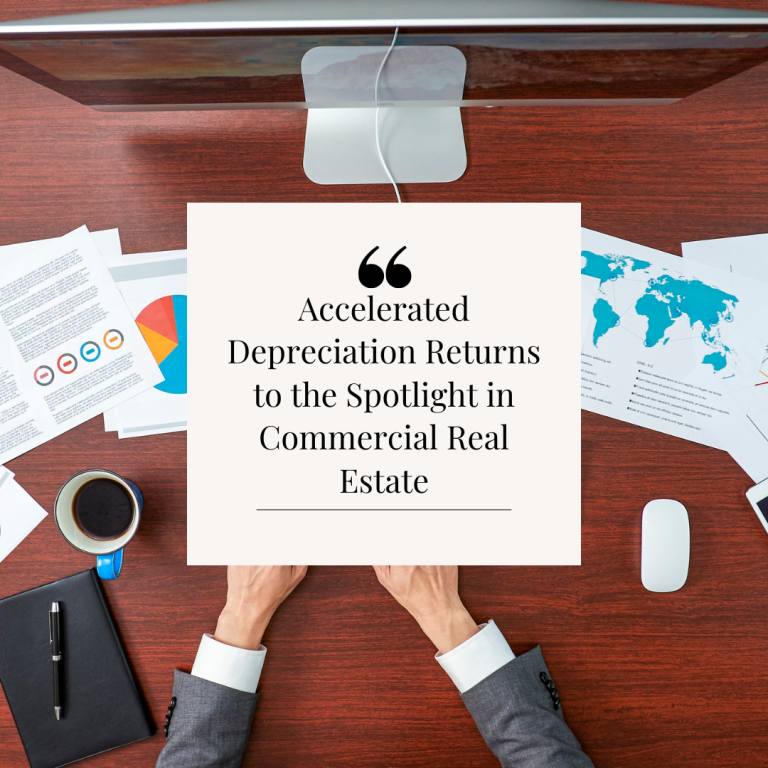
As we approach the end of Q4 2025, one of the most potent tax-planning tools in commercial real estate is again earning attention: accelerated depreciation. For owners, developers, and investors operating in the commercial property realm, it’s time to revisit how depreciation strategies can meaningfully impact cash flow, tax liability, and portfolio planning.
What is accelerated depreciation?
Under typical tax rules, commercial real estate buildings are depreciated over a long term—normally 39 years under the MACRS (Modified Accelerated Cost Recovery System). But accelerated depreciation refers to tactics by which components of the property are written off much faster (e.g., 5, 7 or 15 years) or in the first year via bonus depreciation.
Key enablers include:
A cost-segregation study to identify building components, fixtures, and land improvements that qualify for shorter lives.
Bonus depreciation rules (and related code provisions) that allow a large portion of eligible assets to be expensed immediately.
Why it’s back in the headlines
There are two major forces reigniting interest in accelerated depreciation:
Legislative and regulatory changes – Recent tax-law developments have boosted the importance of taking action sooner rather than later. For example, new rules under federal tax code make 100 % bonus depreciation available for qualifying assets placed in service after January 19, 2025.
Tighter cash-flow and higher cost of capital environment – With interest rates elevated and competition for quality commercial assets strong, property owners are keen to optimize tax deductions to enhance net operating income, free up liquidity and improve overall returns.
What This Means for You
Here are key implications:
Acquisition timing matters: When a property (or qualifying improvement) is placed into service can determine eligibility for full or partial bonus depreciation. Delays can mean missing the optimal window.
Importance of cost segregation: A rigorous study can move large portions of a building’s cost into shorter-life asset categories (5-, 7-, 15-year lives) and thereby accelerate depreciation. This accelerates tax deductions and improves early-year cash flow.
Mind the recapture risk: While the front-loaded deduction is beneficial, when the property is sold the depreciation taken will often be subject to recapture rules—so the long-term exit strategy must be aligned with tax planning.
Integration with other tax strategies: Accelerated depreciation doesn’t stand alone. It should sit alongside other strategic levers such as 1031 exchanges, Section 179 expensing, and active cost-management of capital expenditures.
Looking ahead
While the benefit of accelerated depreciation is strong today, changes to tax law always loom. The window of opportunity—especially for full bonus depreciation—is finite (12/31/2025) unless legislated otherwise. As with all tax-planning strategies, engaging a tax specialist or CPA is essential to navigate eligibility criteria, state-level conformity rules, asset classification and sale/exit implications.